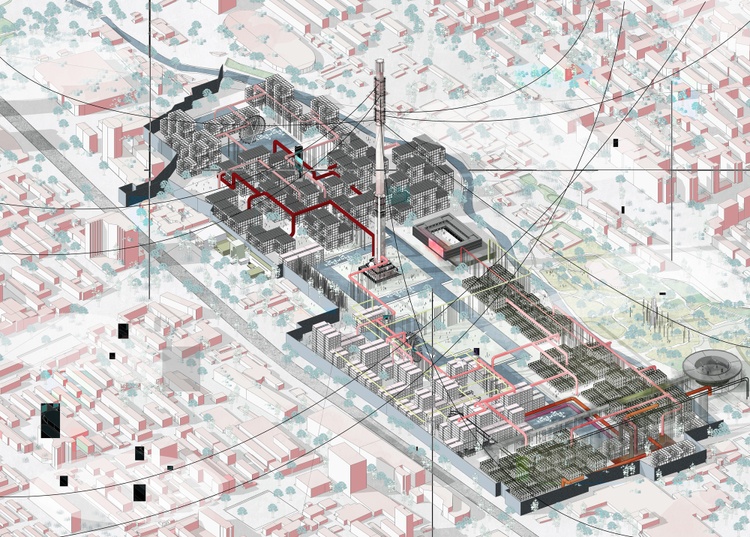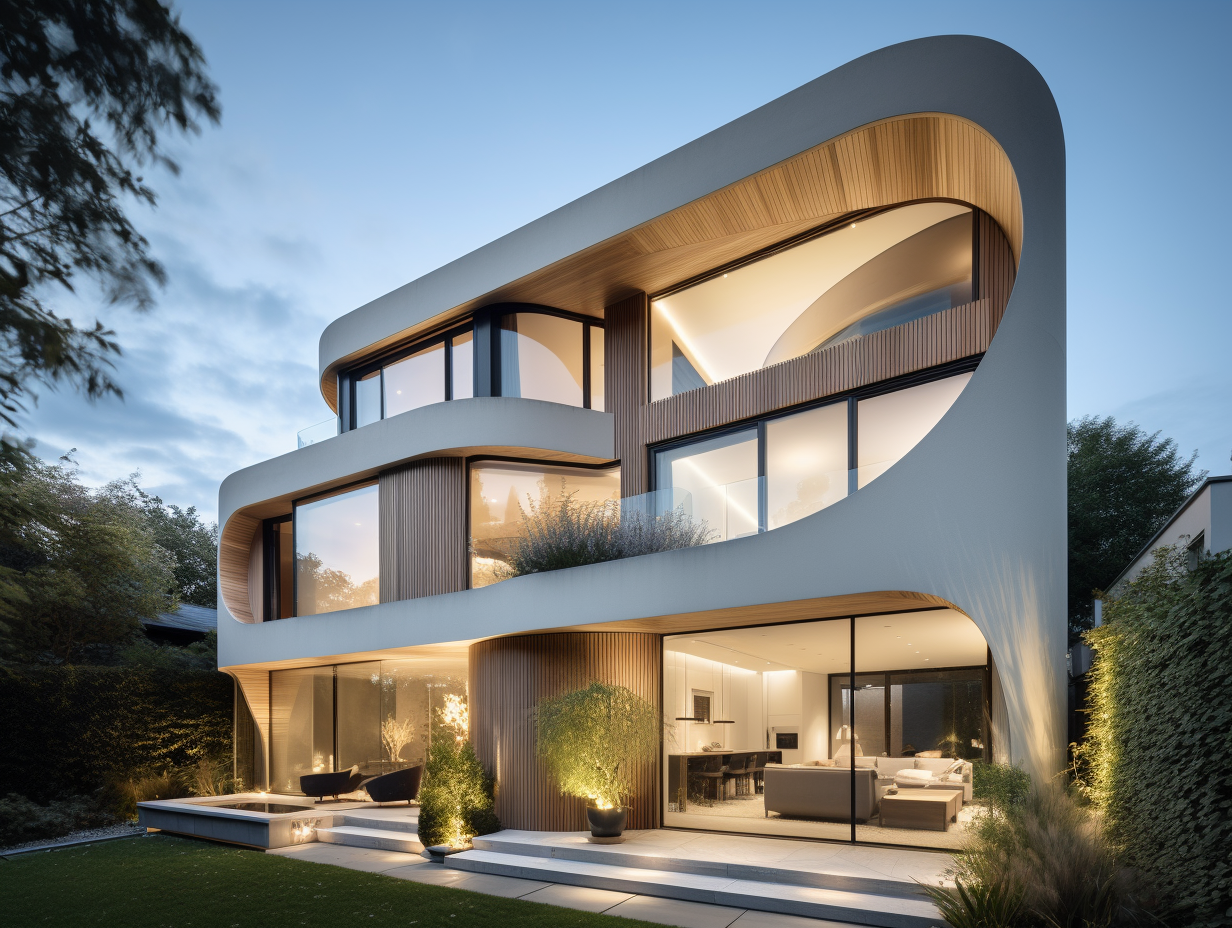Changing Areas: The Vision of CDA Architects for Modern Living
Changing Areas: The Vision of CDA Architects for Modern Living
Blog Article
Comprehending the Collaborative Refine Between Designers and Engineers in Modern Building And Construction Projects
The collective procedure between designers and engineers is important in contemporary building and construction projects, as it integrates style intent with design feasibility. Discovering these characteristics discloses understandings that might considerably affect job results and general sector criteria.
The Significance of Cooperation
The joint harmony between designers and engineers is essential for the effective realization of any building task. This partnership brings with each other distinct experience and perspectives, allowing the assimilation of cutting-edge design with useful design remedies. By interacting, architects and engineers can guarantee that a job not just fulfills visual and useful requirements but also abides by security, sustainability, and financial restraints.
Cooperation cultivates a common vision, facilitating the alignment of goals and expectations from the outset. This alignment is crucial in dealing with potential obstacles and mitigating dangers that could emerge during the job lifecycle. Furthermore, a joint strategy enables the efficient allowance of sources, maximizing both time and cost.
The importance of collaboration extends to the iterative procedure of design and building, where comments from designers can educate building choices, causing more practical and lasting designs. Conversely, engineers can influence engineers to assume artistically regarding how to attain architectural honesty without endangering creative intent. Ultimately, the joint connection between engineers and engineers is not just helpful; it is essential to the production of high-grade, useful, and ingenious built atmospheres that meet the demands of society.
Interaction Techniques and Devices
Effective interaction techniques and tools are vital for fostering collaboration in between architects and designers throughout the project lifecycle. Developing clear networks of communication is vital to make sure that all employee are aligned with task objectives, timelines, and duties. Regular meetings, both in-person and digital, provide chances for stakeholders to review progress, address worries, and make educated decisions.
Making use of task management software application, such as BIM (Structure Details Modeling) platforms, improves partnership by making it possible for real-time sharing of design adjustments and technical specs. These devices help with openness, permitting architects and engineers to imagine modifications and analyze their influence on the overall project.

Shared Objectives and Job Vision

Establishing shared objectives includes open dialogue and a complete understanding of each discipline's contributions. Engineers usually concentrate on design intent, spatial connections, and customer experience, while engineers highlight architectural integrity, systems performance, and conformity with policies (cda architects). When these viewpoints are aligned, the result is a natural task that sticks to both innovative ambitions and technological feasibility
Additionally, a distinct task vision fosters responsibility among employee, motivating each individual to take possession of their duty in attaining the desired outcome. Regular check-ins and collective workshops can additionally enhance this dedication, permitting for adjustments to be made as the project progresses. Eventually, a shared vision not only improves team effort yet additionally boosts the top quality of the last deliverable, bring about effective task conclusion.
The Duty of Modern Technology
Leveraging modern technology has actually become essential in boosting collaboration in between designers and designers. The combination of innovative software application devices helps with real-time communication and information sharing, enabling teams to function a lot more efficiently and successfully. Building Info Modeling (BIM) stands out as an essential technology, enabling both engineers and engineers to produce thorough 3D models that envelop layout intent and structural stability. This common graph lessens misunderstandings and improves the decision-making procedure.
Furthermore, cloud-based systems make it possible for smooth cooperation, allowing project stakeholders to gain access to and update job information from anywhere. This promotes a society of openness and responsibility, as modifications can be tracked and examined this content in real-time. In addition, mobile applications more boost interaction, giving on-site groups with prompt accessibility to task requirements and updates.
Arising modern technologies such as expert system and equipment discovering are also starting to play a duty in predictive evaluation, assisting groups determine potential concerns before they arise. Eventually, the role of modern technology in architecture-engineering collaboration not only boosts operations effectiveness however also enhances innovation, bring about even more successful project outcomes. By welcoming these technological you could try these out advancements, engineers and designers can guarantee a more natural and efficient collaborative procedure throughout the building and construction lifecycle.
Situation Studies in Effective Partnerships
Numerous instance research studies illustrate the extensive effect of effective collaborations between engineers and engineers on project results. One noteworthy instance is the partnership on the High Line in New York City City, where landscape designers, designers, and urban organizers collaborated to change an abandoned railway into a vivid public park. This multidisciplinary method not just improved the aesthetic high quality but likewise ensured architectural safety and security and environmental sustainability.
An additional exemplary instance is the style and building and construction of the Sydney Concert Hall. The collaboration between designer JÃ ¸ registered nurse Utzon and structural designer Ove Arup exhibited innovative analytical. Their collaboration enabled the legendary shell-like design while attending to intricate engineering difficulties, inevitably leading to an ageless building work see page of art.
The Burj Khalifa in Dubai further demonstrates the relevance of joint efforts. cda architects. The combination of design and design know-how enabled the job team to accomplish unmatched heights while adhering to safety laws and visual vision
These instances emphasize the significance of interaction, depend on, and shared purposes. In today's intricate building and construction environment, such partnerships are important to browsing difficulties and supplying tasks that meet both functional and visionary goals.
Conclusion
To conclude, the partnership between designers and engineers is vital for the success of contemporary building jobs. Efficient interaction techniques, a shared job vision, and the combination of sophisticated innovations are important elements that facilitate this partnership. By fostering a culture of liability and leveraging devices such as Structure Details Modeling (BIM), groups can navigate project complexities, making certain that visual, practical, and sustainability goals are achieved. Inevitably, this harmony causes ingenious and successful project results.
Report this page